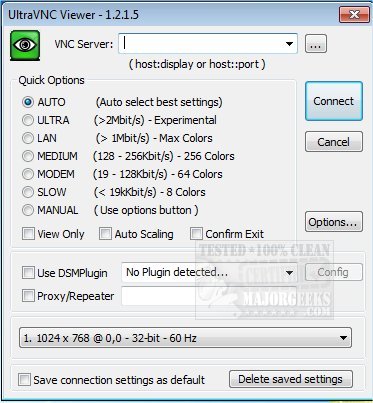- Nov 2, 2022
- 5
- 0
- 6
Yes all 3 serve the router function with DHCP enabled (if that means "do NAT"). I struggle to understand what is "WAN-side". I thought WAN is Internet-side?All three routers do NAT, don't they?
If so, then your question is: How can machine 192.168.9.x connect to "webgui" of 192.168.9.3?
Or, more generally: Is it possible to connect to webgui of router, if you are on the "WAN-side"?

Thanks but the remote device is Router B - just wanted to access the router's webgui.You can use a freeware App to connect between the two subnets.
Thanks for that, I thought that could be the case and thanks for confirming.A cheap "home router" usually labels "outside" port "WAN" and the "inside" port(s) "LAN".
For your Router B, the 192.168.9.0/24 is "WAN" and the 10.0.0.0/24 is "LAN".
Dynamic Host Configuration Protocol and Network Address Translation are distinct functions, although both tend to be used on home routers.
I have wondered if static routes are required on my modem/router and both routers. Thanks for pointing that out.It will all depend on what your routers are and the firmware they are running. With third party firmware such as DD-WRT, you can change the security settings on the 192.168.9.3 router. Specifically you want to enable management from the WAN port (under the "Administration"->"Management" tab).
For some other third party firmware and some first party firmware, you will need to add a firewall rule to allow connection, typically something like the following assuming it is using iptables as the firewall in the firmware:
iptables -I INPUT -p tcp -s <remote_location_ip> --dport 80 -j ACCEPT
Not all first party firmware will allow these kinds of changes, which is why I always recommend only buying a wifi router that supports running third party firmware such as DD-WRT, OpenWRT, or FreshTomato.
You will also need to setup static routes on all your routers so they know where to send the various traffic (i.e. the 192.168.9.2 router needs to know to send the traffic to 10.0.0.0 subnet out the WAN port, the 192.168.9.1 needs to know to send data to the 10.0.0.0 subnet to the port connected to the 192.168.9.3 router, and to send traffic to the 10.0.1.0 subnet to the port connected to the 192.168.9.2 router, and the 192.168.9.3 router needs to know to send traffic to the 10.0.0.0 subnet out the WAN port).
A cheap "home router" usually labels "outside" port "WAN" and the "inside" port(s) "LAN".
For your Router B, the 192.168.9.0/24 is "WAN" and the 10.0.0.0/24 is "LAN".
Dynamic Host Configuration Protocol and Network Address Translation are distinct functions, although both tend to be used on home routers.
Thanks for that, I thought that could be the case and thanks for confirming.
It is definitely required on the modem/router. It is not absolutely necessary on the other two routers since it should simply follow the "default" route, which is to send the traffic out to 192.168.9.x, but could be needed if you do other things with VLANs or different subnets, so it is best to simply specify it.I have wondered if static routes are required on my modem/router and both routers. Thanks for pointing that out.


